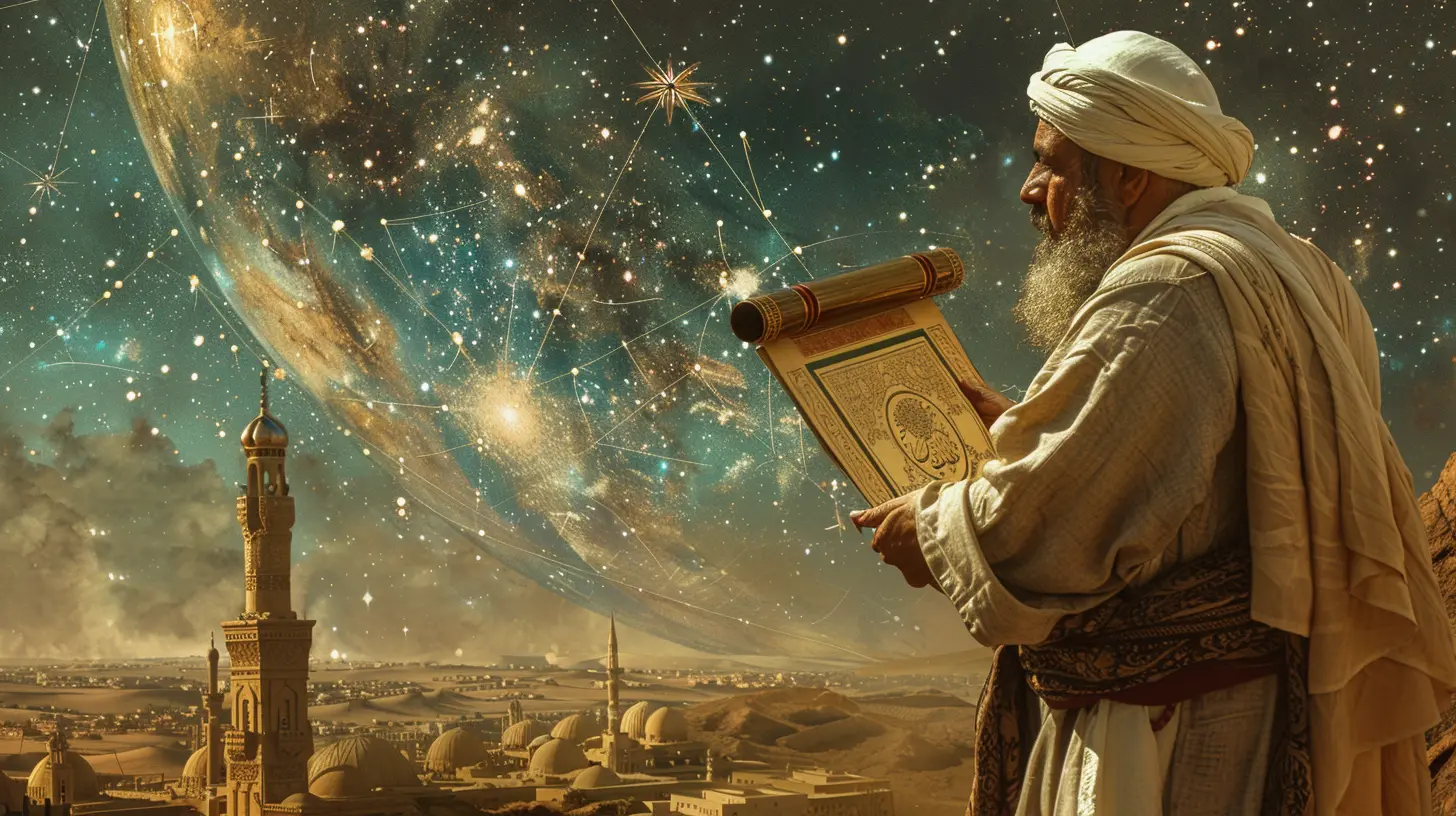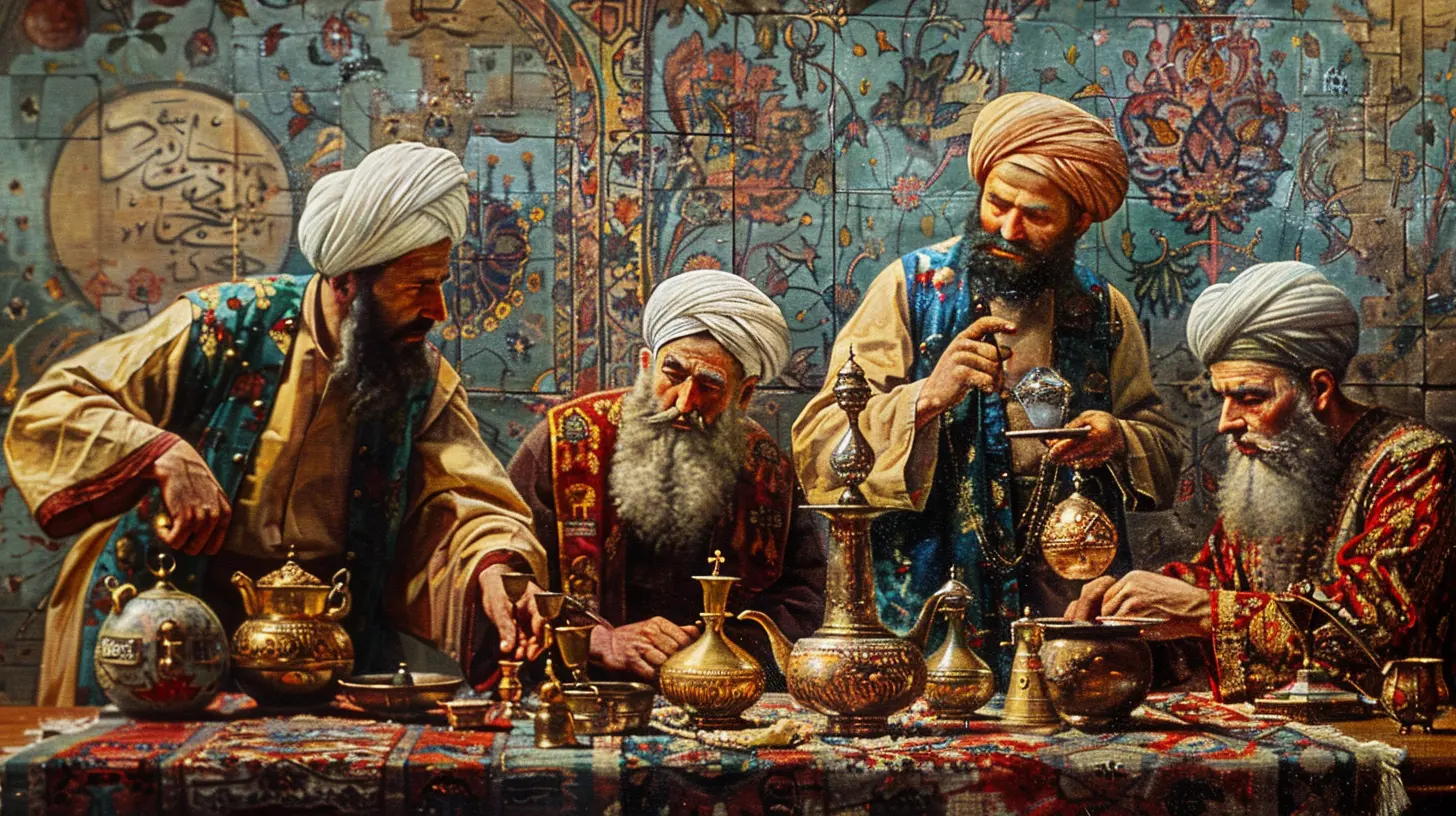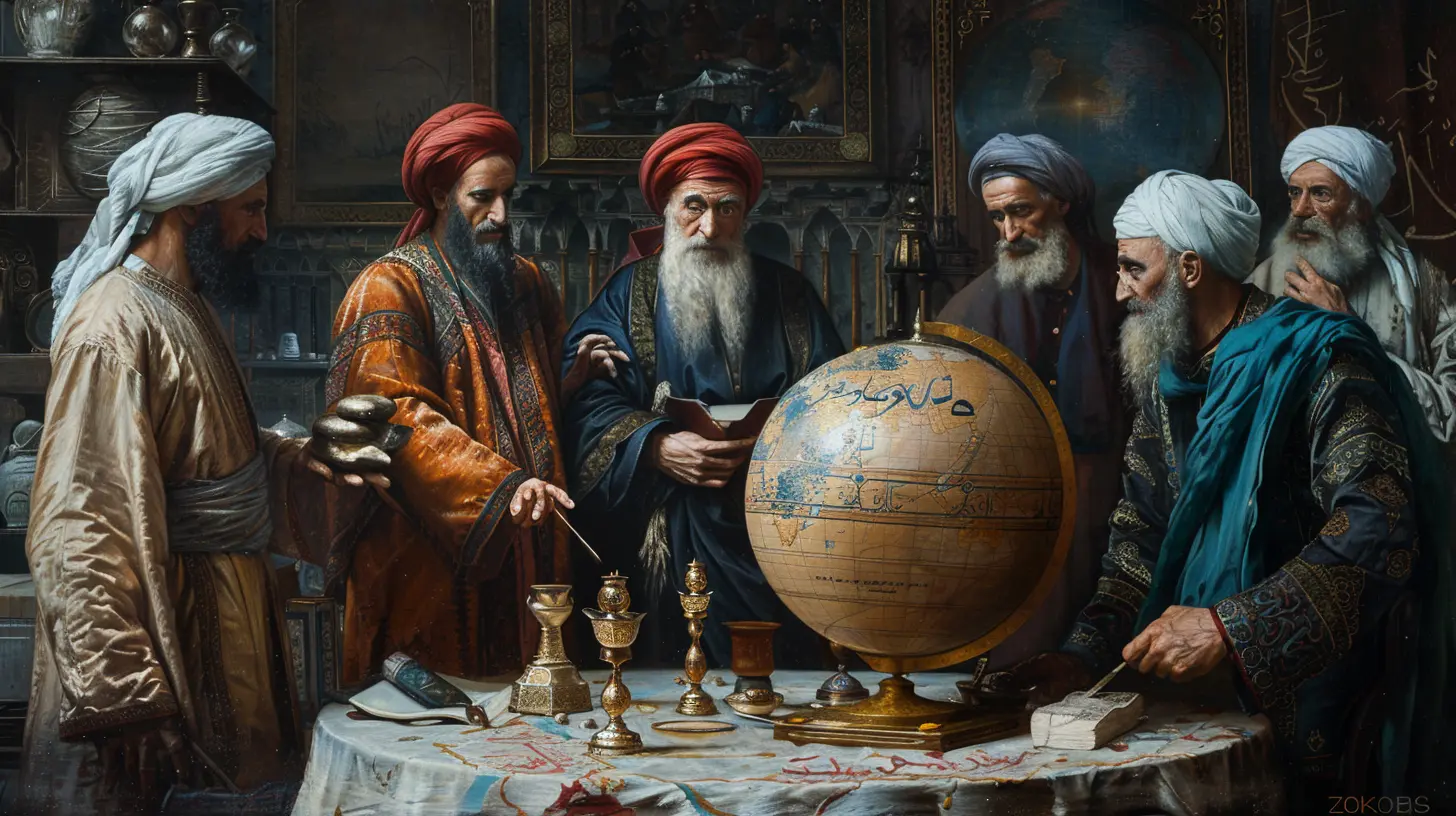The Golden Age of Islam: Contributions to Science and Culture
8 July 2025
If you've ever used algebra, admired intricate geometric art, or flipped through pages of ancient medical texts, you’re already standing on the shoulders of a remarkable era—the Golden Age of Islam. This was not just a chapter in history; it was a powerhouse of innovation, creativity, and deep intellect. It lit the fuse that would later spark the European Renaissance and still echoes through modern science, math, medicine, and philosophy today.
So, what exactly made this era so “golden”? Let’s take a journey through time and uncover how the Islamic world became one of the brightest beacons of human advancement between the 8th and 14th centuries.
What Was the Golden Age of Islam?
Let’s start with the basics.The Golden Age of Islam refers to a vibrant period—roughly from the 8th to the 14th century—when Islamic civilization made groundbreaking contributions to science, culture, education, and philosophy. Centered mainly in cities like Baghdad, Damascus, Cairo, and Cordoba, this was a time when curiosity met opportunity—and flourished.
Under caliphs like Harun al-Rashid and Al-Ma'mun, the Islamic world became a magnet for knowledge. Scholars from different religious backgrounds—Muslims, Christians, Jews, Zoroastrians—collaborated and shared ideas freely. Sound progressive? That’s because it was.
Baghdad: The Brain of the Ancient World
We can’t talk about the Golden Age of Islam without mentioning Baghdad. This wasn’t just a city—it was the Silicon Valley of its time. When Al-Ma'mun established the House of Wisdom in the 9th century, he created a think-tank that rivaled any modern research institute.Imagine scholars translating Greek, Persian, Indian, and Syriac texts into Arabic as if they were assembling a giant jigsaw puzzle of human knowledge. Mathematics, astronomy, medicine, philosophy—you name it, they were digging into it.
And what drove this massive interest in knowledge? Unlike the stereotype that religion and science must be at odds, Islamic teachings often encouraged learning as a path to understanding creation—and by extension, the Creator.
All About the Numbers: Mathematics and Algebra
Love it or hate it, algebra owes much of its development to a brilliant mind from the Islamic world: Muhammad ibn Musa al-Khwarizmi. (Yep, that name might look familiar—"algorithm" comes from "al-Khwarizmi.")Al-Khwarizmi’s work, particularly his book “Al-Kitab al-Mukhtasar fi Hisab al-Jabr wal-Muqabala,” laid the foundation of algebra as we know it today. He didn’t just solve equations—he systematized them, giving them a logical structure. That’s a pretty big deal, especially when you think about how modern computing relies on the principles he developed.
Muslim mathematicians also helped perfect and popularize the decimal system, trigonometry, and even enjoyed dabbling in geometry—paving the way for some mind-bending Islamic art and architecture.
Medicine: Healing with Precision
Let’s be real—without modern medicine, things would get scary fast. The doctors of the Golden Age of Islam? Absolute game-changers.Take Ibn Sina (also known as Avicenna), for instance. His encyclopedic work, The Canon of Medicine, became the reference book for both Islamic and European doctors for centuries. And we’re not talking just herbal remedies. This was a detailed text covering anatomy, diagnosis, treatments, and even mental health.
There was also Al-Razi (Rhazes), who is often called the father of pediatrics for his groundbreaking work with children’s diseases. He even wrote about the difference between smallpox and measles—centuries before germ theory!
Hospitals? Yep, they had them too—complete with training centers, libraries, and separate wards for different diseases. Kinda like the hospitals we rely on today.
Astronomy: Charting the Heavens
Muslim astronomers weren’t just star-gazers—they were cosmic detectives. They built observatories, drew detailed star charts, and even created instruments like the astrolabe—all to understand our place in the universe.Why the obsession with the stars? Well, knowing the precise direction of Mecca was essential for prayer, and accurate lunar calendars were vital for religious observance. But beyond that, they truly loved the challenge of deciphering the skies.
Scholars such as Al-Biruni and Al-Tusi made major strides in planetary motion, eclipses, and timekeeping—ideas that would ripple through to Copernicus and beyond.
Philosophy and Logic: The Islamic Enlightenment
You know how sometimes you just wanna sit and ponder life’s big questions? Muslims in this era were doing exactly that—armed with logic, reason, and a deep respect for ancient Greek philosophy.Think of thinkers like Al-Farabi, Al-Ghazali, and Ibn Rushd (Averroes). These weren’t just "bookish" guys—they were synthesizers of knowledge. They took the ideas of Aristotle and Plato and blended them with Islamic thought, forging a philosophical tradition that balanced reason with faith.
Their writings influenced not only the Islamic world but also Christian Europe. Thomas Aquinas, for example, cited Muslim philosophers extensively. That’s how far their impact stretched.
Literature and Poetry: Beauty in Words
Knowledge is power, but art is soul—and the Golden Age of Islam had plenty of soul.Poets like Rumi, Omar Khayyam, and Al-Mutanabbi crafted verses that still resonate today. Whether it was mystical Sufi poetry or philosophical reflections, these works were deep, powerful, and often surprisingly sassy.
Then there are literary treasures like One Thousand and One Nights, a collection of stories that gave us tales like Aladdin and Sinbad the Sailor. Not just for entertainment, these stories carried moral lessons, cultural values, and timeless wisdom.
Architecture and Art: Mathematics Meets Beauty
Ever walked into a mosque and been floored by the design? That’s no accident.Islamic architecture during this period was both functional and mind-blowingly beautiful. From the Alhambra in Spain to the Great Mosque of Samarra, the buildings were mathematical masterpieces wrapped in spiritual elegance.
But here's the kicker—art in the Islamic world didn’t rely on portraits or sculptures. Instead, it flourished through calligraphy, geometric design, and arabesque—all influenced by philosophical and religious ideas about the nature of creation. It was art from the heart and mind, not just the eye.
How These Contributions Still Shape Our World
Think the Golden Age of Islam belongs only in history books? Not even close.When you use words like “algorithm,” check what’s in your medical prescription, or even see the stars through a telescope—you're witnessing the legacy of this golden era.
And beyond the physical inventions and discoveries, the Islamic Golden Age gifted humanity with something even more vital—a model for how different cultures and religions can come together in pursuit of knowledge and truth.
Why This History Matters (Even Today)
You might be wondering, “Okay, but why should I care about centuries-old history?”Because history is not just about the past—it’s the root of who we are. Understanding the Golden Age of Islam does more than highlight achievements. It shatters stereotypes, bridges cultures, and reminds us that brilliance has no borders.
In a time when division often dominates the headlines, this period offers a bold, beautiful lesson: collaboration and curiosity can rewrite the world.
Final Thoughts: A Legacy Worth Celebrating
The Golden Age of Islam wasn’t a fluke. It didn't just "happen." It was the result of an entire civilization choosing to value education, diversity, open dialogue, and relentless inquiry.So, the next time you open a math textbook, sip some coffee (yep, that’s an Islamic world contribution too!), or stare up at the night sky, remember—you're tapping into a chapter of history that changed everything.
And maybe, just maybe, that golden age can inspire us to light another one.
all images in this post were generated using AI tools
Category:
History LessonsAuthor:

Olivia Chapman
Discussion
rate this article
1 comments
Brooke Kearns
The Golden Age of Islam stands as a testament to the power of knowledge and cultural exchange, reminding us that innovation flourishes when diverse ideas and traditions come together harmoniously.
July 18, 2025 at 3:29 AM

Olivia Chapman
Thank you for your insight! Indeed, the Golden Age of Islam exemplifies how the fusion of diverse ideas can drive remarkable advancements in science and culture.


